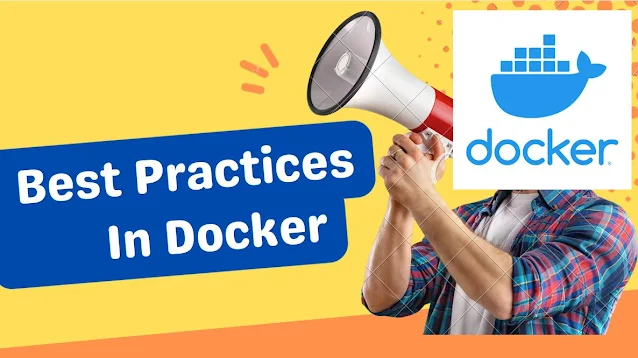When working with Docker and writing Dockerfiles, there are several best practices you can follow to ensure efficient, maintainable, and secure containerization. Here are some recommendations:
Use a minimal base image: Start your Dockerfile with a minimal base image such as Alpine Linux or Debian Slim. This reduces the attack surface and keeps the image size small.
Leverage layer caching: Docker uses layer caching to speed up the build process. Place frequently changing instructions at the end of your Dockerfile to maximize the utilization of cache for earlier build stages.
Reduce the number of layers: Each instruction in a Dockerfile creates a new layer. Minimize the number of layers by combining related instructions using multi-line syntax. This reduces the final image size and improves build time.
Specify the version for base images: Pin the version of the base image to ensure consistency and avoid unexpected changes. For example, instead of using "ubuntu," specify the version, like "ubuntu:20.04."
Use .dockerignore: Create a .dockerignore file to exclude unnecessary files and directories from being copied into the Docker context. This reduces build time and avoids adding unnecessary content to the image.
Copy only necessary files: Be specific when copying files into the container. Use wildcards or explicitly list required files instead of copying entire directories. This helps reduce the image size and prevents unnecessary content from being included.
Run only one process per container: Containers are designed to run a single process or service. Avoid running multiple processes in a single container as it can lead to complexity and makes it harder to manage and scale.
Remove unnecessary dependencies and files: Clean up unnecessary packages, dependencies, and temporary files within the Dockerfile. This helps reduce the image size and minimizes potential security vulnerabilities.
Use environment variables for configuration: Utilize environment variables instead of hardcoding configuration values in your Dockerfile. This allows for greater flexibility and easier configuration management when deploying containers.
Avoid running containers as root: Set a non-root user to run your application inside the container. Running containers as root can increase the attack surface and potential impact of security vulnerabilities.
These best practices help ensure your Dockerfiles and Docker usage adhere to industry standards, improve build performance, enhance security, and facilitate easier maintenance and troubleshooting.
#docker
#best-practices

0 comments:
Post a Comment